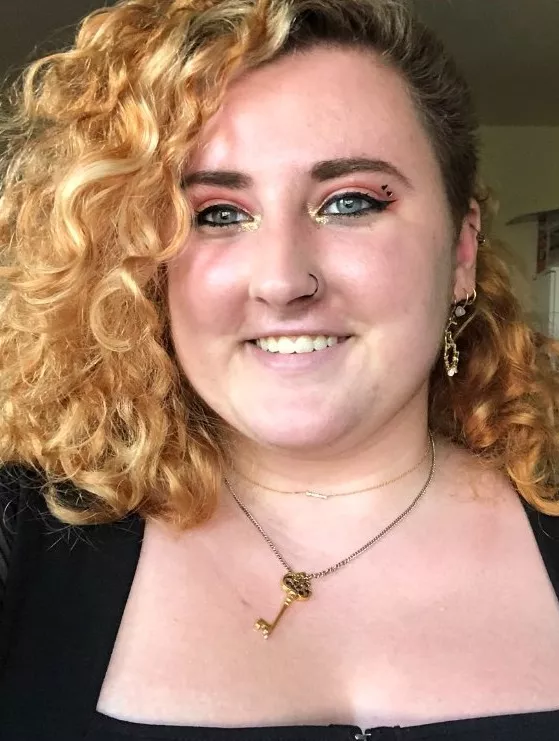
Name: Annabelle Renshaw
Class Year: 2022
Major: History of Art
Minor: Archaeology
Organization: Everhart Museum
Job Title: Collections Intern
Location: Scranton, PA
This summer I have been working remotely as a Collections Intern at the Everhart Museum in Scranton, PA. The Everhart is a natural history, art, and science museum founded in 1908 by Isaiah Everhart.
My internship has largely consisted of data management tasks using a specific museum software, however lately I have been working on rewriting “tombstone labels.”
These are the labels that hang near artworks/artifacts in museums that have the information such as artist, date, and medium. As an art and natural history museum, the Everhart hosts a collection of artworks or artifacts from countries and social groups around the world.
While this allows otherwise impossible contact with a wider range of cultures, this practice is not without its ethical concerns relating to both the collecting and display of these objects. Several of the tombstone labels currently on display in the museum use outdated language or patterns to describe the works, so it has been my responsibility to bring them up to date.
In a small way, this work helps to decolonize the museum by showing more respect to artworks from other countries and other eras. In the case of many of these works, the artist remains unknown. This can be due to multiple causes such as the circumstances of how the work was obtained or a lack of possession felt by the artist.
For museums to take works from areas once considered “primitive” and treat an unknown artist differently than they would an unknown western artist only furthers the primitivist idea of that work and the culture associated with it. Some museums will altogether omit the section of “artist” on tombstone labels for these works, removing the human element of the works creation. The addition of specific information prevents the work from being shuffled into a wider, amalgamation of related cultures and allows it to retain its cultural identity.
By restructuring these tombstone labels, the institution returns authorship of the artwork to the creator, even though the artist remains unknown. This simple acknowledgement of the artist brings the work to an equal footing with ideas of western art.
Working remotely for an institution such as a museum where you benefit from interacting with the collection is a strange experience. As Scranton is only two hours away from where I live in Bryn Mawr, I had the opportunity to visit the museum with some friends.
Though the museum was small in comparison to some, I was impressed by their collection and museum practices. They acknowledged their history as a colonial institution and had clearly taken steps to move past this legacy. The gallery space was not organized by region (aside from the grouping of local Scranton artists) but rather showcased works from various regions side by side. There were informational posters around the gallery explaining their decision to do so as well as explaining the harm of certain museum practices. Though like any other institution the Everhart has a long way to go to shake off its colonial heritage, I was greatly impressed by their efforts to improve. I am excited to be taking part in this effort along with them.
Visit the Summer Internship Stories page to read more about student internship experiences.